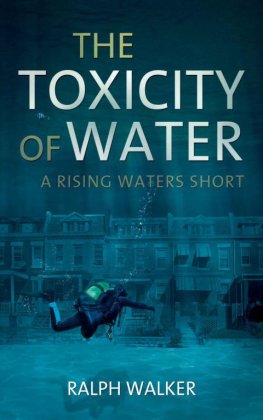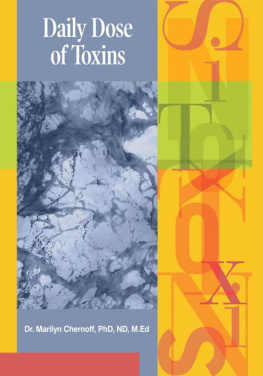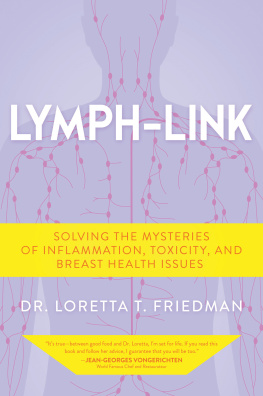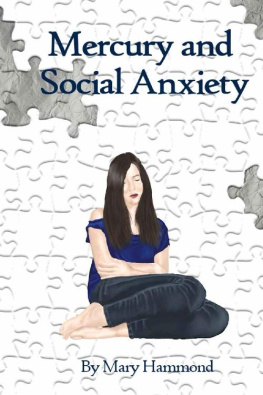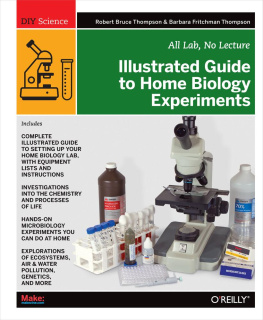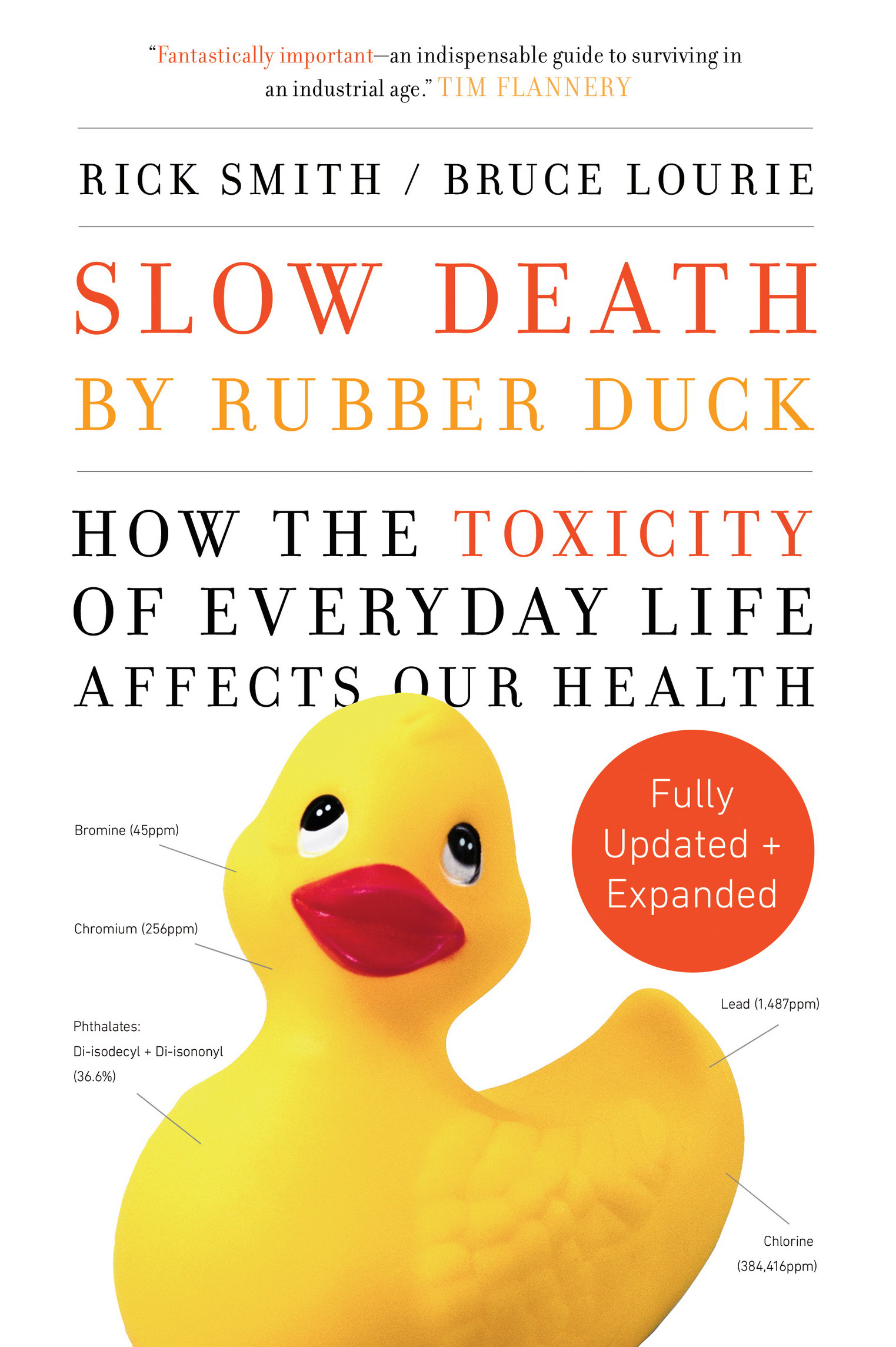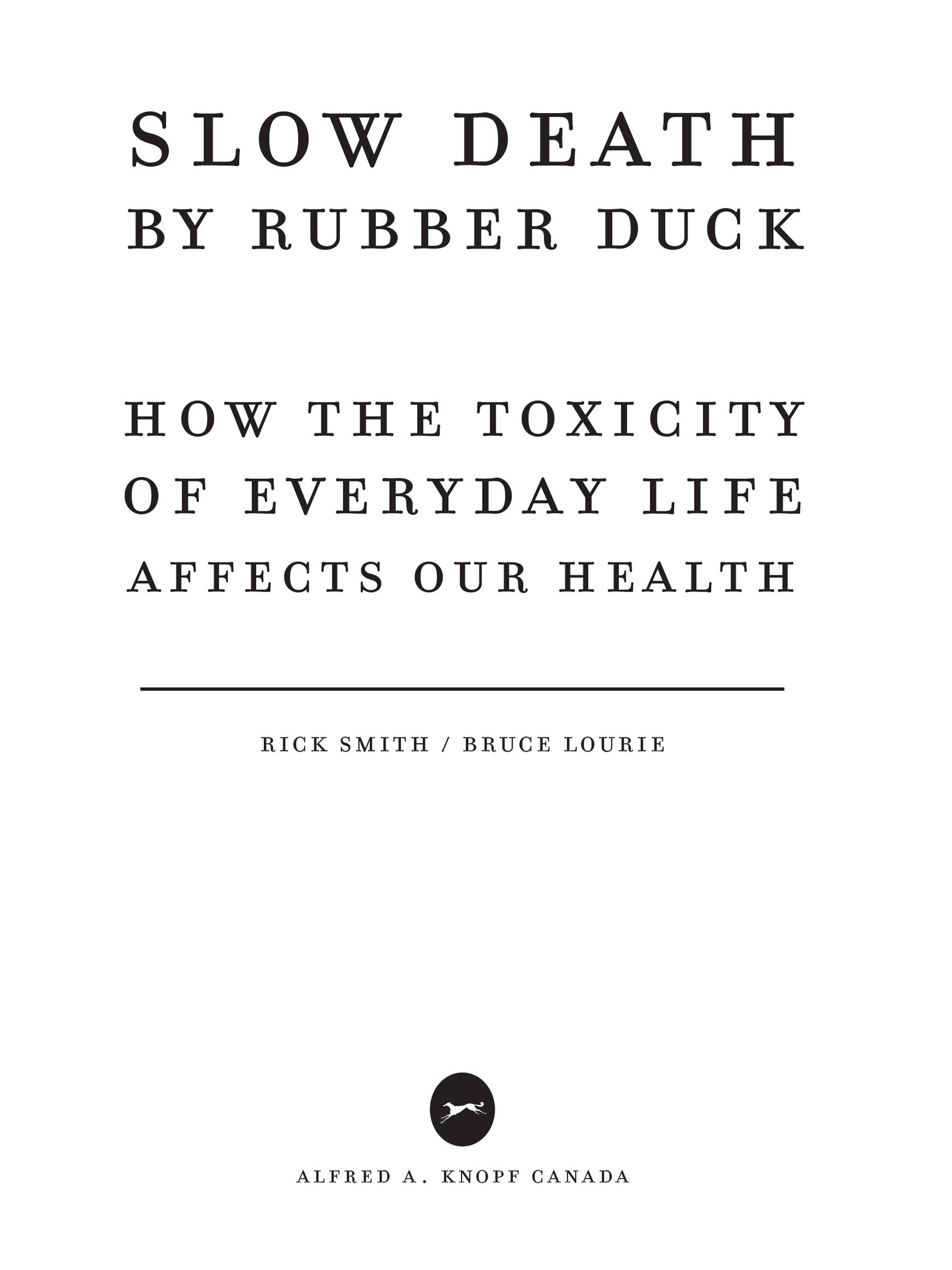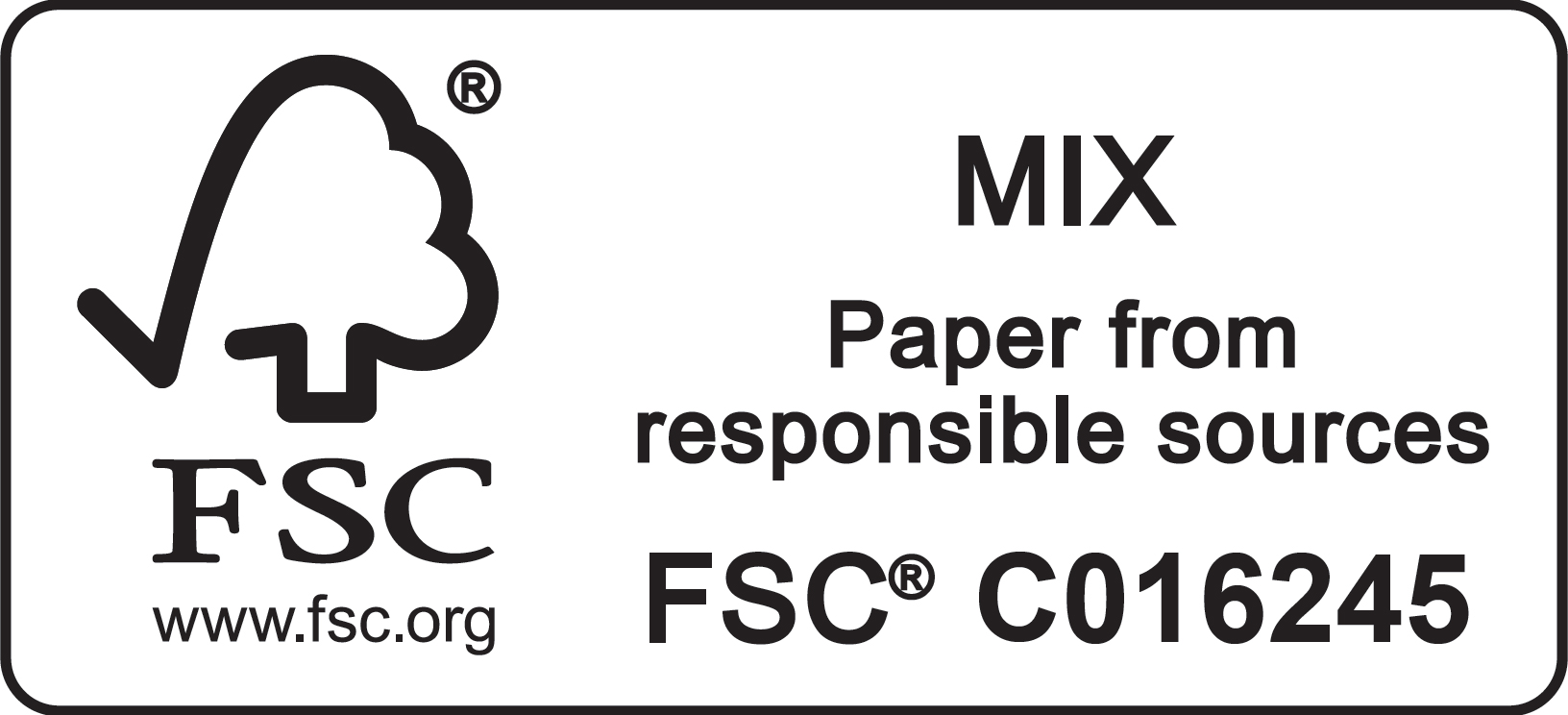PUBLISHED BY ALFRED A. KNOPF CANADA
All rights reserved under International and Pan-American Copyright Conventions. No part of this book may be reproduced in any form or by any electronic or mechanical means, including information storage and retrieval systems, without permission in writing from the publisher, except by a reviewer, who may quote brief passages in a review. Published in 2019 by Alfred A. Knopf Canada, a division of Penguin Random House Canada Limited, Toronto. Distributed in Canada by Penguin Random House Canada Limited, Toronto.
Knopf Canada and colophon are registered trademarks.
Slow death by rubber duck : how the toxicity of everyday life affects our health / Rick Smith and Bruce Lourie. 10th anniversary edition.
Fully expanded and updated.
Issued in print and electronic formats.
1. Environmental toxicologyPopular works. 2. PollutionHealth aspects. 3. Pollution. 4. IndustriesEnvironmental aspects. 5. Business enterprisesEnvironmental aspects. 6. PollutionGovernment policy.
I. Lourie, Bruce, author II. Title.
INTRODUCTION TO THE TENTH - ANNIVERSARY EDITION
You live your life like a canary in a coalmine
You get so dizzy even walking in a straight line
THE POLICE , CANARY IN A COALMINE ,
ZENYATTA MONDATTA, 1980
WHAT BETTER WAY TO CELEBRATE an anniversary than to poison ourselves all over again?
Ten years ago, we set out to write a very different kind of book about pollution. One that shed light on the toxic chemicals in common consumer products that touch the lives of everybody on this planet. Not an obvious kind of pollution, like the smog of the Industrial Revolution or the acid rain of the 1980s, but rather a subtlethough no less harmfulpollution that invades our bodies every day and is linked to such modern epidemics as breast cancer and diabetes.
To tell the story of this pollution, to make it real, to illustrate its danger and the ways we can all protect ourselves, we experimented with these chemicals on ourselves (and a few intrepid volunteers). Over the course of writing our first book, Slow Death by Rubber Duck (2009) and our second, Toxin Toxout (2013), we conducted a series of a dozen experiments to see if we could raise and lower the levels of these chemicals in our bodies in real time: a kind of huge multi-year science fair project with ourselves as the guinea pigs.
Our two books struck a chord around the world. Both were bestsellers at home in Canada and abroad and took us as far as Australias Sydney Writers Festival (twice!). Slow Death has been featured by the Washington Post (which called it hard-hitting in a way that turns your stomach and yet also instills hope), Dr. Oz, Fox News, and Oprah magazine, and translated into seven languages. It turns out that wherever consumers are in the world, they are united in their exposure to toxic chemicals and hungry for information on how to protect themselves and their families from this danger.
A decade later, we decided to commemorate the tenth anniversary of Slow Death by Rubber Duck with the definitive volume on toxic pollution. The book in your hand has all the groundbreaking experiments from both Slow Death by Rubber Duck and Toxin Toxout, and it has been completely overhauled and updated.
As an added bonus, and to rekindle that old-time toxic feeling, we undertook a brand-new experiment on ourselves for good measure.
Quick Refresher
Before we get toxic all over again, lets take a step back and remind ourselves why we should be concerned about the synthetic chemicals that surround us. Its simple: the scientific evidence linking these chemicals to human disease is even more convincing than it was when Slow Death was first released in 2009. Exposure to these many substancesand the resulting hazardsremains widespread.
Of the eighty thousand or so chemicals in commerce (the building blocks of all the consumer products we surround ourselves with every day), a great many have now also been found in the human body. This chemical exposure is estimated to contribute to health costs that may exceed an astonishing 10 percent of global gross domestic product (GDP). How prevalent is this personal toxicity?
In the United States, studies by the Environmental Working Group (EWG) found 553 different industrial chemicals, pollutants and pesticides in 550 individuals across forty states. In one recent study, EWG found 232 toxic chemicals in the umbilical cord blood of ten babies, demonstrating that kids these days are being born pre-polluted.
In Canada, Environmental Defence Canadas groundbreaking Toxic Nation project, launched in 2005, continues to expose the dangers of pollution through testing Canadians for measurable levels of toxic chemicals soaked up by their bodies. Like efforts in the United States and Europe, the Toxic Nation project applies scientific testing techniquespreviously restricted to the pages of obscure scientific journalsto the raging public debate about what pollutants we are exposed to, in what amounts and from which sourcesand tells us what we can do about it. Over the past fifteen years Environmental Defence Canada has tested a wide range of consumer and personal care products for more than 130 pollutants. They also tested the blood and urine of more than fifty Canadians from all walks of life. People of all ages. Men, women and kids from different parts of the country and different ethnic backgrounds. They all turned out to be polluted to some degree.
To date, less research has been conducted in developing countries, but we can reasonably assume that to the extent people are exposed to the same chemicals in those areas, the results would be similar.
The results are even more alarming when we consider the cases of very specific chemicals. For instance, phthalatesan ingredient in many plastics used to keep the material pliablehave been convincingly linked to asthma, attention-deficit hyperactivity disorder, breast cancer, obesity and type 2 diabetes, low IQ, neurodevelopmental issues, behavioural issues, autism spectrum disorders, altered reproductive development and male fertility issues.
Exposure to one synthetic chemical is worrisome enough, but the mixture of a large number of toxic chemicals in our bodies,


